Five Days in Berlin
A Photo-Essay
All cities are historical cities, but some are more historical than others.
I’ve just come back from a five-day visit to Berlin - a city with more history than any capital has any right to expect. Two world wars and the frontline of the Cold War; fascist and socialist dictatorship; Nazi genocide and Prussian militarism; revolution and counter-revolution - Berlin was at the epicentre of the twentieth century’s darkest politics, and it is instantly and compulsively fascinating to see how this past has been incorporated into the physical structure of the city.
We spent a lot of time in historical museums, or wandering the streets where the past is written into buildings, names and places familiar from history and literature. The history of Berlin is on one level the history of two failed utopian projects that took root in the same city. Firstly, the racially-purified ‘World City Germania’ that Hitler’s architect Albert Speer attempted to construct from his leader’s sketches and megalomaniac fantasies:
And then the Stalinist utopia of the GDR that emerged from the wreckage of Nazism:
Some may struggle to recognize the Third Reich as a utopian project, but that was how Hitler, Himmler and their movement saw General Plan East - their insane plan to kill 30 million Slavs by the early 1970s and connect Berlin to German farms in the Urals through supertrains and superhighways.
Nor is it easy for post-Cold War Europeans to consider the shabby Soviet-dominated surveillance-dystopia of the GDR as an ideal place, but that was the image of East Berlin which the German Democratic Republic transmitted to its people and to the West - a socialist city headed for a better future under Soviet tutelage.
These aspirations are embodied in the monumental architecture along Karl-Marx Allee (formerly Stalinallee until de-Stalinisation reached East Berlin in 1961) a wide boulevard of ornate apartment blocks constructed largely through volunteer labour after the war as a socialist counterpart to the bourgeois Unter den Linden:
Like so many of Berlin’s avenues and public squares, the boulevard seemed built for marching armies and massive crowd gatherings - including the crowds that rebelled against the communist government in 1953 and were met with tanks and soldiers while the development was under construction.
Today, it remains a vainglorious relic of socialist neoclassicism in a city where even the shopping malls are built on an epic scale. And once you get used to the size, you can trace the city’s history in the dazzling mixture of architectural styles, that include the nineteenth century apartment blocks known as Mietskaserne (rental barracks), modernist experiments, and the few Nazi buildings that still remain, such as Goering’s sinister aviation ministry:
I don’t think I’ve ever been in a city where so many buildings and historical sites recall universally-familiar images. Look at the Reichstag and you immediately see photographs of the burning building in 1933, or Russian soldiers soldiers flying the Soviet flag from the facade in 1945.
Few people who peer down at the empty bookshelves of the underground ‘empty library’ monument in the Bebelplatz, will not have seen the images of Nazi students piling books onto bonfires in the same space in 1933.
In East Berlin, we visited the offices at the Stasi HQ where Erich Mielke, the Minister for State Security, coordinated ‘blanket coverage’ of the population until the last days of the GDR. Beyond the statue of ‘Iron Felix’ Dzerzshinsky, the founder of the Cheka, in the foyer, the museum was a testament to the Stasi’s sleazy obsession with pervasive surveillance - all formica tables and desks, cameras in watering cans and bathroom walls, hidden microphones, lock-breaking tools and tales of informers who included the lead singer in a punk band and members of national athletics teams.
At the section of the Berlin Wall known as the ‘East Side Gallery’, we saw the murals and paintings celebrating the advent of a borderless world - another imagined utopia that now seems obsolete in our era of proliferating borders, drowning migrants and more ‘fortified’ walls and barriers than at any other time in human history.
IF Berlin is the city of lost utopias, it was also the city where the greatest genocide in human history was planned and organized, and this past is also visible all over the city. I was not impressed by the ‘Memorial to the Murdered Jews of Europe’ - an abstract necropolis consisting of 2, 700 concrete slabs or stellae of different sizes in what was once the heart of the repressive institutional machinery of the Third Reich.
The monument comes out of the fraught discussions in the recently-unified Germany of the early 1990s, which Brian Ladd describes so forensically in his 1998 book The Ghosts of Berlin. Its creator, Peter Eisenman, has described the monument as an attempt to ‘develop a new idea of memory that differs markedly from nostalgia’ - a curious proposition when applied to the Holocaust - and a ‘frame of reference [that} leads to uncertainty and isolates the individual through a disturbing personal experience.’
Berlin’s official website says that ‘visitors that may experience a brief moment of disorientation, which should open up space for discussion’. Personally, I found the memorial tricksy, excessively-abstract, and distinctly underwhelming. Nor, wandering amongst the slabs, was I able to grasp Eisenman’s claim that ‘The time of the experience of the individual does not grant further understanding, because understanding is not possible.’
In constructing a memorial to so massive a crime, ‘understanding’ or not-understanding should not be the only considerations, and the monument felt to me like a pretentiously-conceived and pointless labyrinth, in a place where something more visceral, emotional and empathetic was required.
Berlin has many other forms of Holocaust remembrance, which are far more successful in achieving these aspirations. At the site of the SS Reich Security Main Office in Niederkirchnerstrasse, a permanent ‘Topography of Terror’ exhibition provides a document-based exploration of how Germany succumbed to Nazism - and the consequences of this descent for Europe and the rest of the world.
In the Jewish Museum in Kreuzberg, the lists of dozens of anti-Jewish laws hanging from long scrolls constitute a heart-breaking testament to Nazi racial persecution in all its petty vindictive malice and escalating cruelty. At the same museum an installation of screaming metal faces which clank mournfully as the visitor walks over them commemorates the ‘innocent victims of war and violence.’
All over Berlin, little brass stolpersteine (stepping stones) in the pavements bear the names of Jewish residents who once lived in the adjacent buildings. Outside the Jewish cemetery in the Grosse Hamburger Strasse, a haunting sculpture on the site of a Jewish retirement home commemorates the Jews sent to Theresienstadt Concentration Camp, and needs no further explanation:
In one of the Hackesche Hőfe courtyards in the former Jewish district, a small museum is dedicated to the Otto Weidt Workshop for the Blind - where the Jewish 'anarchist individualist' Otto Weidt saved a number of blind and nearly-blind Jews by employing them in his brushmaking factory.
This humble workshop, with its hidden room, and its stories of extraordinary bravery and humanity of the people who made up Weidt’s network was deeply moving, and the murals on the wall outside that remembered the ‘disappeared’ victims of Latin American dictatorships complemented the museum’s message of resistance to oppression and solidarity across races and borders.
We also visited the villa in Wannsee, where the Reich Security Main Office SS-Obergruppenführer Reinhard Heydrich, convened a meeting of fourteen third or fourth level bureaucrats on 20 January 1942 to coordinate the ‘Final Solution to the Jewish Question.’
This meeting is often depicted as the ‘beginning of the Holocaust’, in part because its written protocols constitute one of the few occasions in which these decisions were written down. In fact the extermination of the Jews was already unfolding. But Heydrich’s meeting was intended to take advantage of ‘opportunities’ opened up by the war in the east, and escalate the killing to a new level, through mass deportations, forced labour and - though this was not spelt out explicitly - through physical extermination.
All this was discussed and decided in little more than ninety minutes, with nibbles, cigarettes and cognac, in the villa that has now become a Holocaust memorial and archive. When we were there, a group of teenagers from an international school were being given a tour. They sat in the same room where Heydrich and his associates coolly planned the deaths of millions, and listened to their German teacher explain to them who such a thing could have happened.
Some were bored and sleepy. Others were sombre, attentive and curious. In one room a group of girls gossiped about their classmates. ‘His cologne gives me headaches’, one girl complained about one of her peers.
I don’t mention this as a generational condemnation. It’s difficult for any generation to assimilate what was discussed that day. An information board at the house warned that ‘dealing with history…goes beyond processing historical information and includes reflecting on one’s own experiences’ and expresses the hope that memorial sites ‘might protect against antisemitism, right-wing extremism, racism, and other forms of group-related enmity.’
Physical memorials, no matter how well-constructed, are only part of the process of remembering, and the Haus de Wannsee-Konferenz (House of the Wannsee Conference) invites visitors to consider the motives of the perpetrators as well as the suffering of their victims.
It explains that ten of the participants were university-educated, that eight were lawyers, that many of them had already been active in murdering Jews on the Eastern Front. It gives potted biographies of Heydrich, Eichmann and the others, which show the decisions they agreed on that day as a logical extension of their careers and ideologies. One photograph of Eichmann padding around his Israeli prison in his slippers was a jarring visual confirmation of Hannah Arendt’s famous formulation of the ‘banality of evil’ to describe the impossibility of matching such a petty individual to the enormity of his crimes.
Berlin is clearly trying to come to terms with this past, and to bring the past to the attention of the present. All the museums we visited were filled with youngsters on school trips. Some arrived laughing, with the exuberance that you find in any school expedition. In others, the laughter gave way to bewildered silence.
There were also more recent memorials, in which the cruelties of the past are intertwined with the cruelties of the 21st century.
Outside the New Synagogue on Oranienburger Strasse, we saw police guarding the magnificently-restored building that was badly-damaged during Kristallnacht and nearly destroyed by Allied bombing. A mural and photographs of Israeli hostages were clearly intended to conflate the Holocaust with the war in Gaza - a juxtaposition that effectively erases the 40,000 Palestinians who have been killed in Gaza and the 622 Palestinians killed in the West Bank since 7 October.
National guilt can have many different outcomes, and not all of them are positive or helpful in laying the basis for a better future. Germany’s harsh response to Palestinian protests, its intolerance of pro-Palestinian voices, and its uncritical support for Israel cannot be separated from the horrific events that Berlin seeks to remember.
It was impossible to think of Berlin’s past, without thinking of the present. One afternoon, we visited the little-known memorial to the Polish revolutionary Rosa Luxemburg, at the Lichtenstein Bridge where she was shot in the head and thrown into the Landwehr Canal by Freicorps cavalry soldiers in January 1919, only a few hundred yards from the lake where her fellow-revolutionary comrade Karl Liebnecht met the same fate that day.
Next to the memorial, a plaque pays tribute to the ‘convinced socialist’ who campaigned against ‘oppression, militarism and war’ and became ‘a victim of a ruthless political assassination.’
Standing by the monument, we watched a young woman on the other side of the canal posing for a photo shoot. It was an incongruous juxtaposition, even if the model and photographers were unaware of it, but Berlin is filled with sometimes bewildering interactions between its dark past and its brighter present. It was not for nothing that Wim Wenders once placed the late great Bruno Ganz’s angel on the Victory Monument Bismarck and the Hohenzollerns erected to mark the advent of the First German Reich.
This a city where beauty and boundless creative energy have often co-existed with humanity at its worst, the city of the SA, the KPD and the Spartacists, of Joseph Roth and Alfred Doblin, of Brecht and Lotte Lenya, Marlene Dietrich, of Christopher Isherwood, Georg Grosz and Kathe Kollwitz - a city where you can still admire the beauty of Max Liebermann’s lovingly-restored garden just around the corner from the Wannsee House:
Hitler never liked the city he wanted to be Germany’s ‘world capital.’ Berlin was too cosmopolitan, too experimental, too liberal and leftwing, too sexy or ’degenerate’. He would not have liked it now, with its women in hijabs; its groups of multi-racial primary schoolchildren hopping on and off trains; its resolute - if sometimes wrong-headed - repudiation of everything his vile movement stood for.
I often imagined Bruno Ganz’s angel listening to the thoughts of Berlin’s commuters, as I observed the passengers on the metro, immersed in their mobile phones, in a city that is as charming and engaging as its past has often been horrifying. Ganz was also famous for his other Berlin role - the mad, collapsing Fuhrer whose ranting monologue has been incorporated into so many Downfall videos.
But when I look back on Berlin, I prefer to think of the Turkish schoolchildren playing in a Kreuzberg street that had been closed off for the purpose:
There was a time, right into the early nineties, when Turkish immigrants were considered mere gastarbeiters - guestworkers - without any political or civil rights. Now they have become a permanent presence in a city that is, racially-speaking, the opposite of everything the Nazis once wanted it to be.
And when I look back on the last week, I can still hear the delighted laughter of the little girl as she was spun round in a giant wheel in that same Kreuzberg park. One day she will discover the history of the country that is now her homeland, and learn that a city which has written some of the darkest pages in the history of humanity might have something to teach a world where too many sinister movements dream of making their countries ‘great again.’



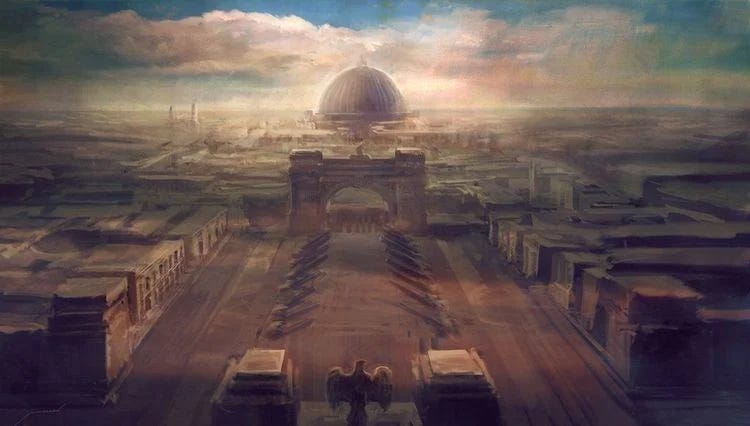
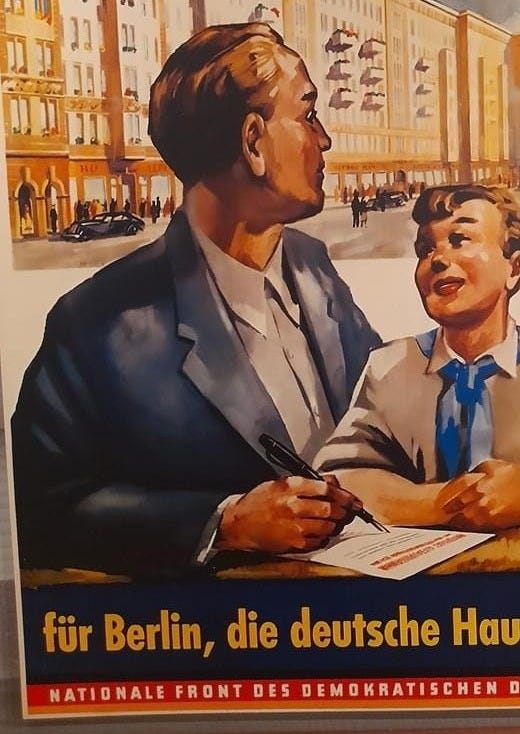

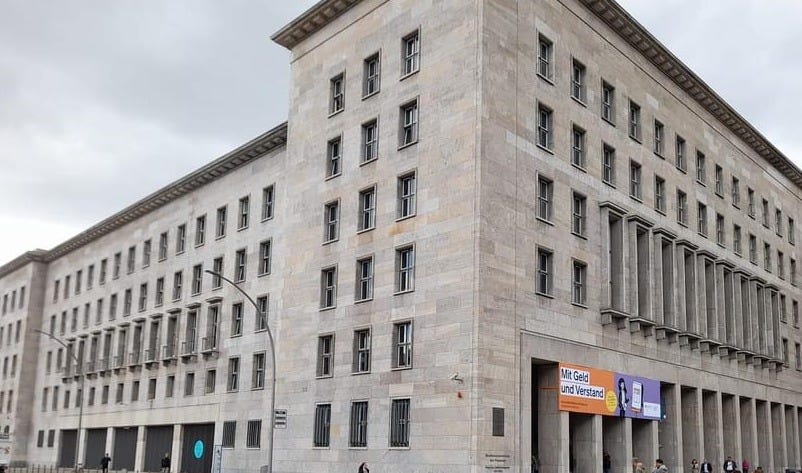
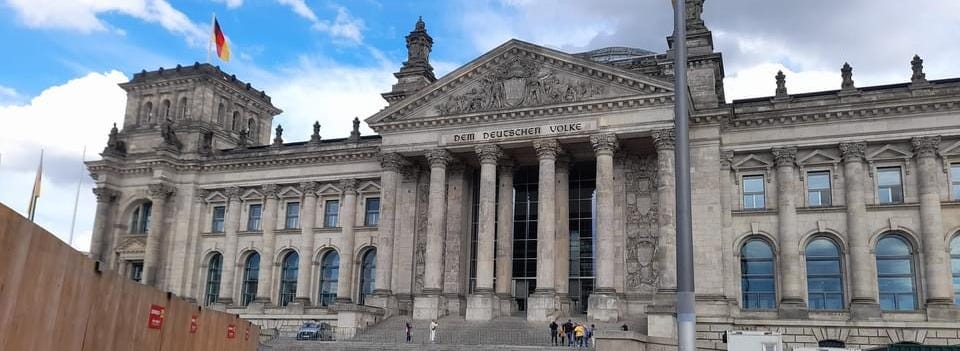

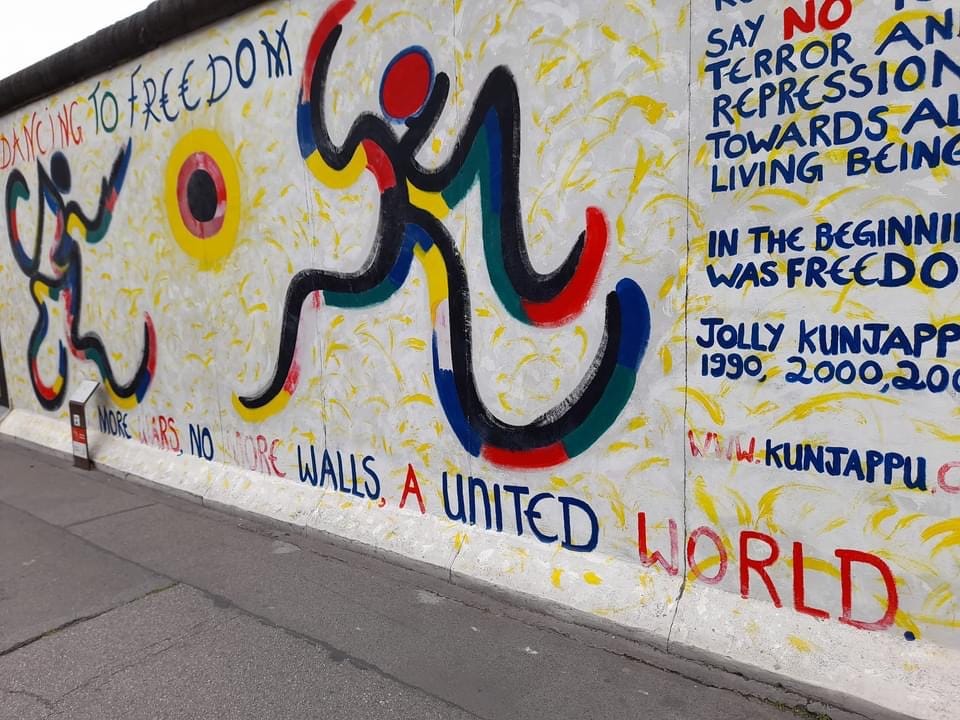

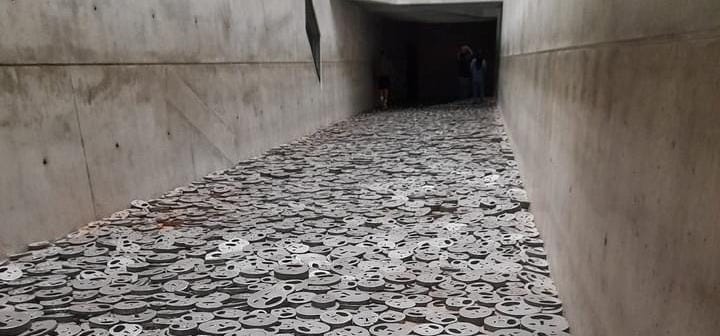

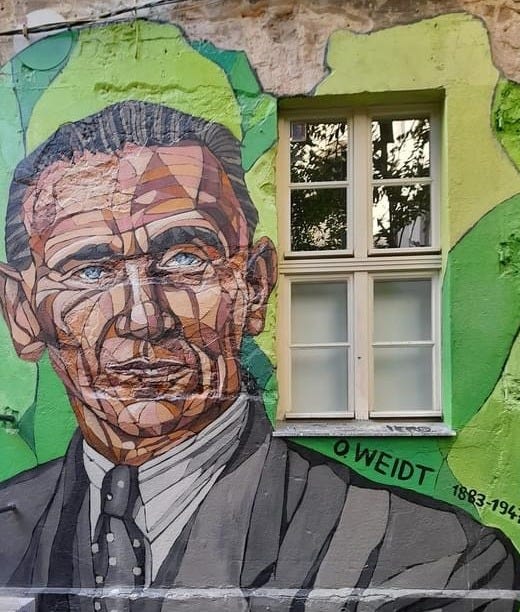
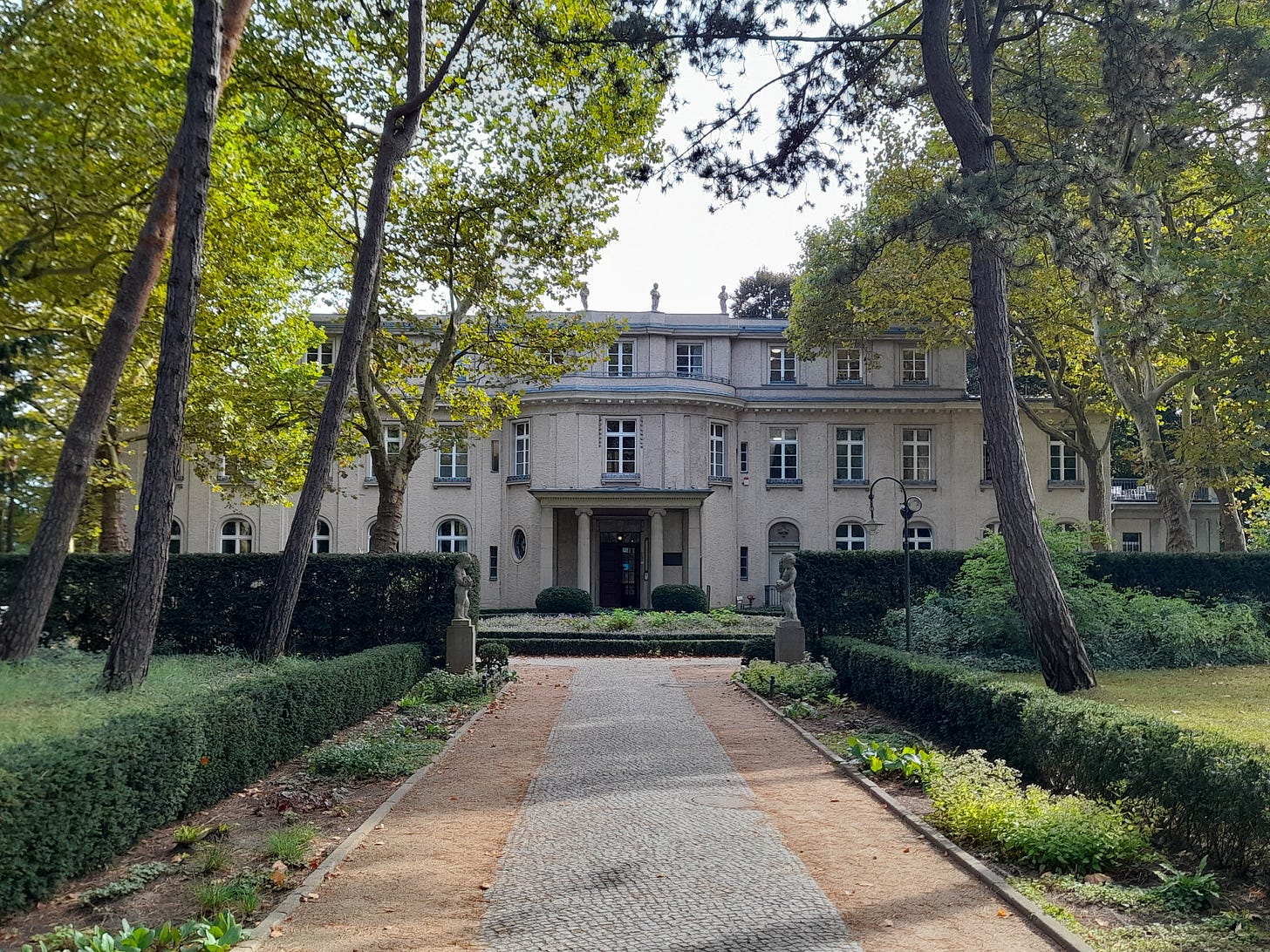
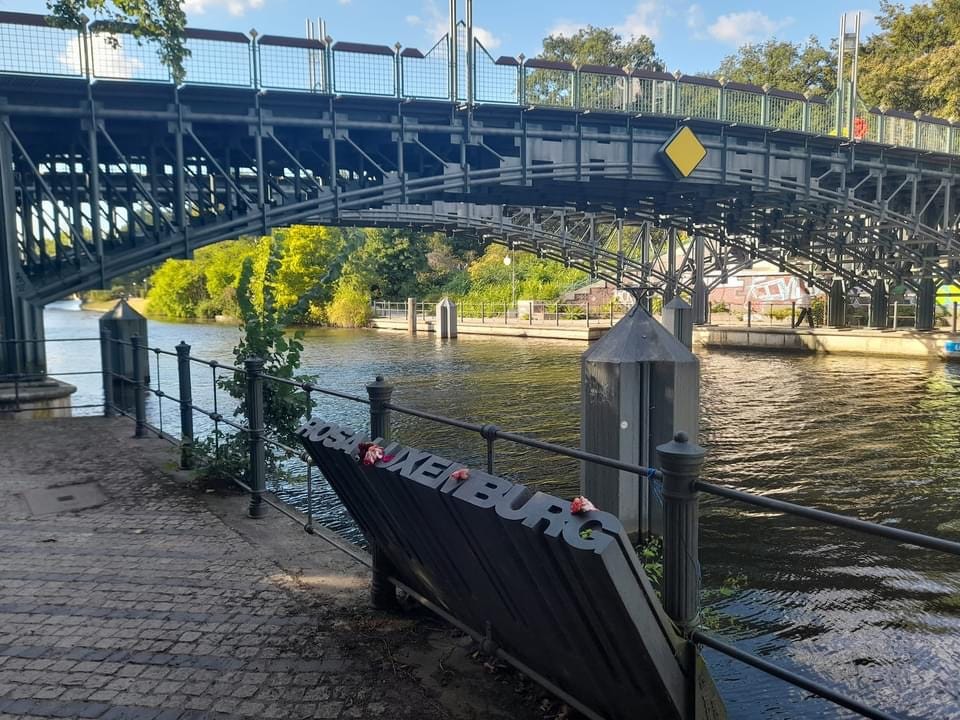
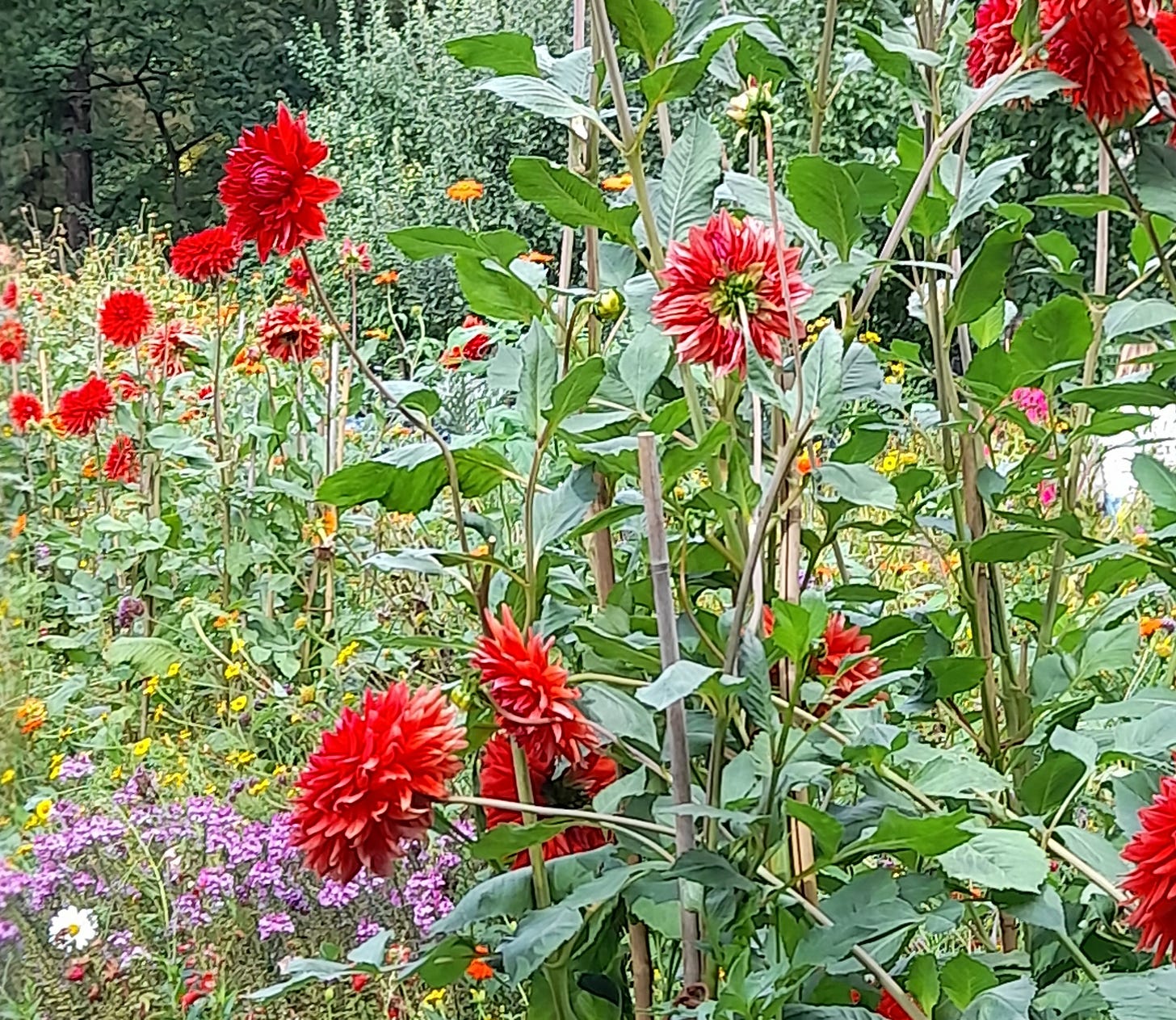
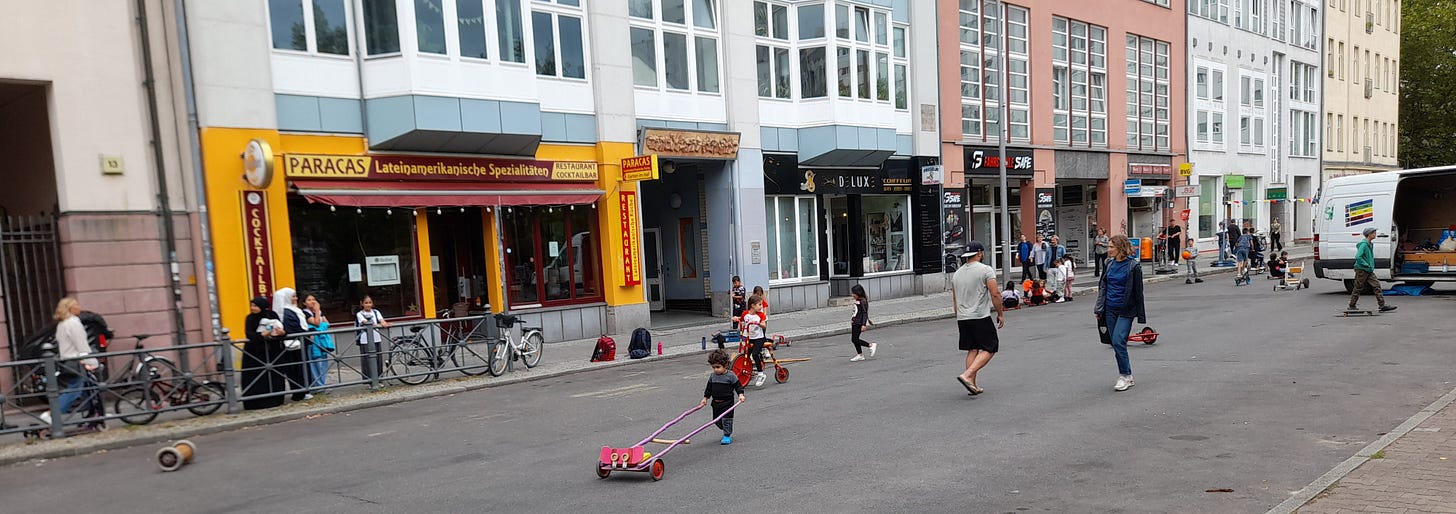
What a vivid and disquieting portrait of Berlin. Thanks, Matt
It’s a great city. Enjoyed revisiting some parts of it in your article together with some bits that we ran out of time to include in our stay.
We really enjoyed a visit to the Komische Oper Berlin which regularly puts on works by Kurt Weil.
https://www.komische-oper-berlin.de